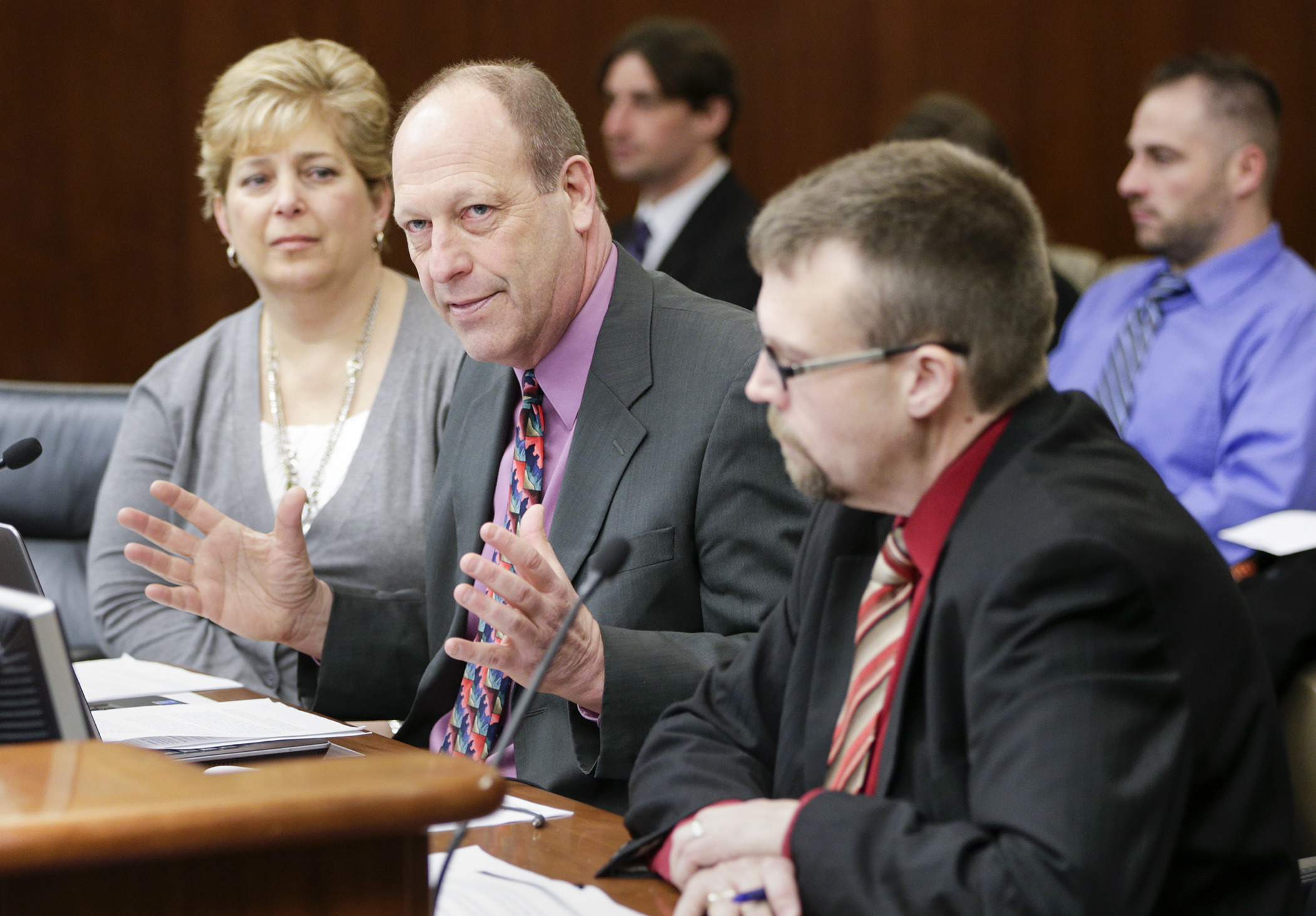Career and Technical Education licensure changes proposed

Attending a four-year college is often promoted as the traditional route for post-secondary education. But there’s a growing student demographic pursuing other options, which legislators are also trying to draw teachers toward.
The House Education Innovation Policy Committee reviewed a report Thursday from the Career and Technical Educator Licensing Advisory Task Force regarding career and technical education teacher licenses. These programs focus on career skills, such engineering, agriculture and auto mechanics. No action was taken.
“This is music to my ears. I have been talking about this for about 30 years” Rep. JoAnn Ward (DFL-Woodbury) said. “People recognize the shortages and needs that we have.”
The report found the CTE teacher licensure process is often redundant and unclear for incoming teachers. The current baccalaureate degree required for teachers is often cumbersome to acquire and is arguably not the best indicator of qualifications. Coupled with a nationwide teacher shortage, the current system creates hardships for districts trying to attract qualified candidates to a growing range of programs.
“Quite honestly, we wish we could offer more,” said Stephen Jones, the task force co-chair and superintendent of Little Falls Community Schools. “College prep should be a key part [of education], but for some it’s career prep; that’s our challenge.”
The report suggests changes to the requirement for CTE teacher licenses, offering an alternative tiered-qualification system rather than the rigid baccalaureate degree. Minnesota would allow two-year college institutions to provide CTE-related content in teacher preparation programs.
A work group should be created, according to the report, to ensure forward progress, including the creation of incentives for eligible institutions to provide alternative teacher preparation outside of traditional credit-based ones, and providing sustainable funding for agencies responsible for licensing.
“Unfortunately during tough [financial] times CTE programs are the first that get cut,” Jones said. “We have to get past that.”
Although the problems are obvious on the outside, one sweeping solution doesn’t appear in sight.
“How can we shorten the timeframe to make an impact?” asked Rep. Barb Haley (R-Red Wing). She suggests further creating a pathway to combine people who have a desire to teach, but also industry experience.
“We want to look at ways to sustain and invigorate the quality of instruction to students, and find new ways to increase the talent pool to offer courses,” said Paula Palmer, director of career and college success for the Department of Education. “There is no simple, quick fix to this.”
“It’s really the start of a conversation,” Jones said. “It’s imperative that we begin these conversations at a deeper level.”
Related Articles
Search Session Daily
Advanced Search OptionsPriority Dailies
Ways and Means Committee OKs proposed $512 million supplemental budget on party-line vote
By Mike Cook Meeting more needs or fiscal irresponsibility is one way to sum up the differences among the two parties on a supplemental spending package a year after a $72 billion state budg...
Meeting more needs or fiscal irresponsibility is one way to sum up the differences among the two parties on a supplemental spending package a year after a $72 billion state budg...
Minnesota’s projected budget surplus balloons to $3.7 billion, but fiscal pressure still looms
By Rob Hubbard Just as Minnesota has experienced a warmer winter than usual, so has the state’s budget outlook warmed over the past few months.
On Thursday, Minnesota Management and Budget...
Just as Minnesota has experienced a warmer winter than usual, so has the state’s budget outlook warmed over the past few months.
On Thursday, Minnesota Management and Budget...